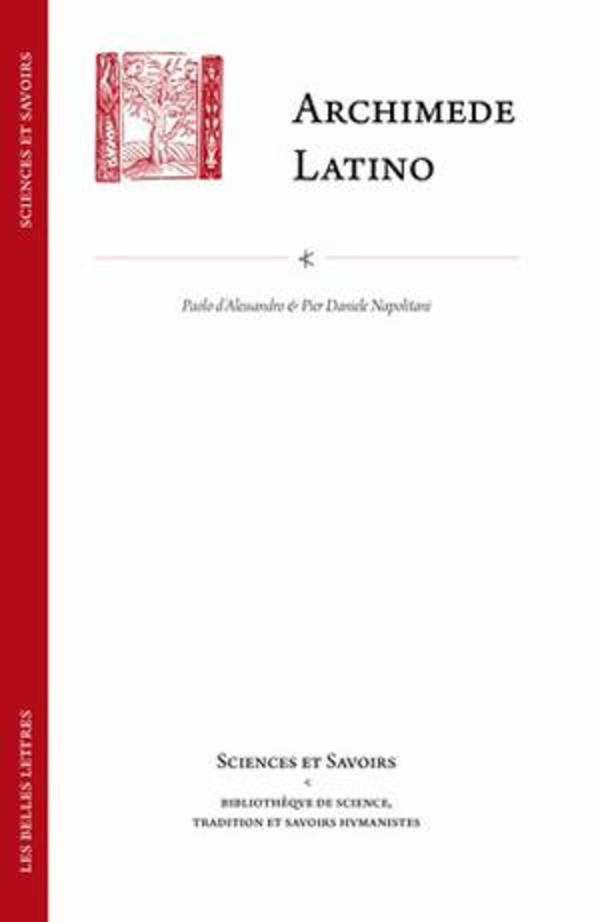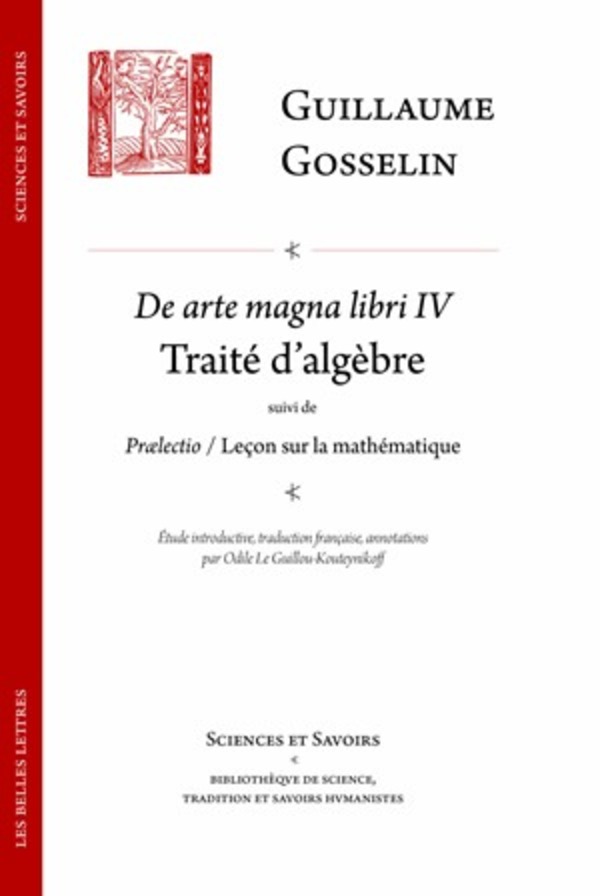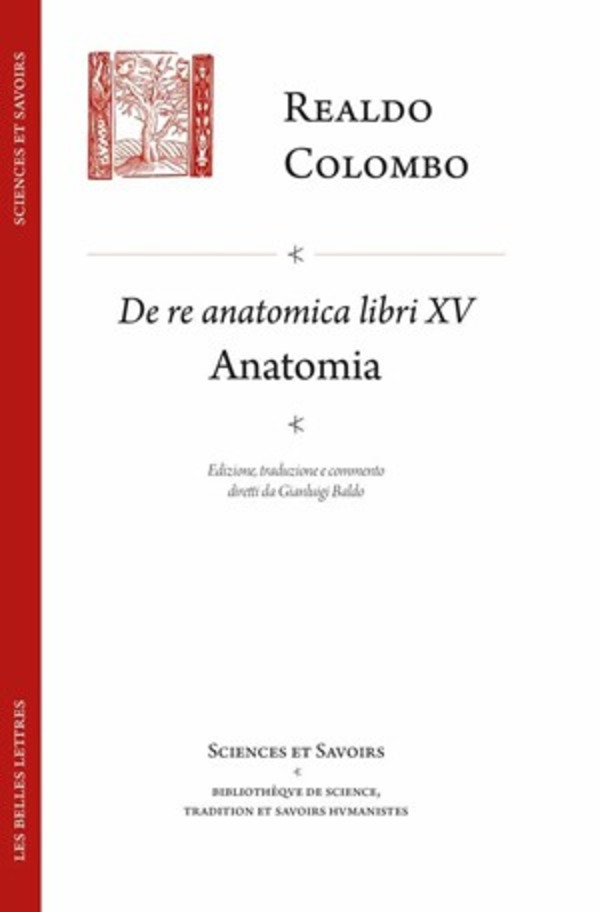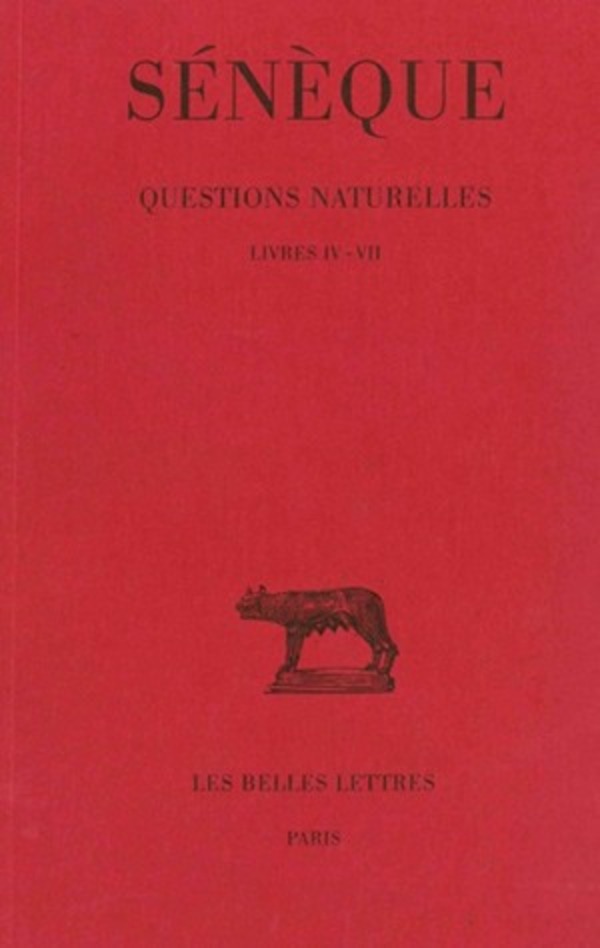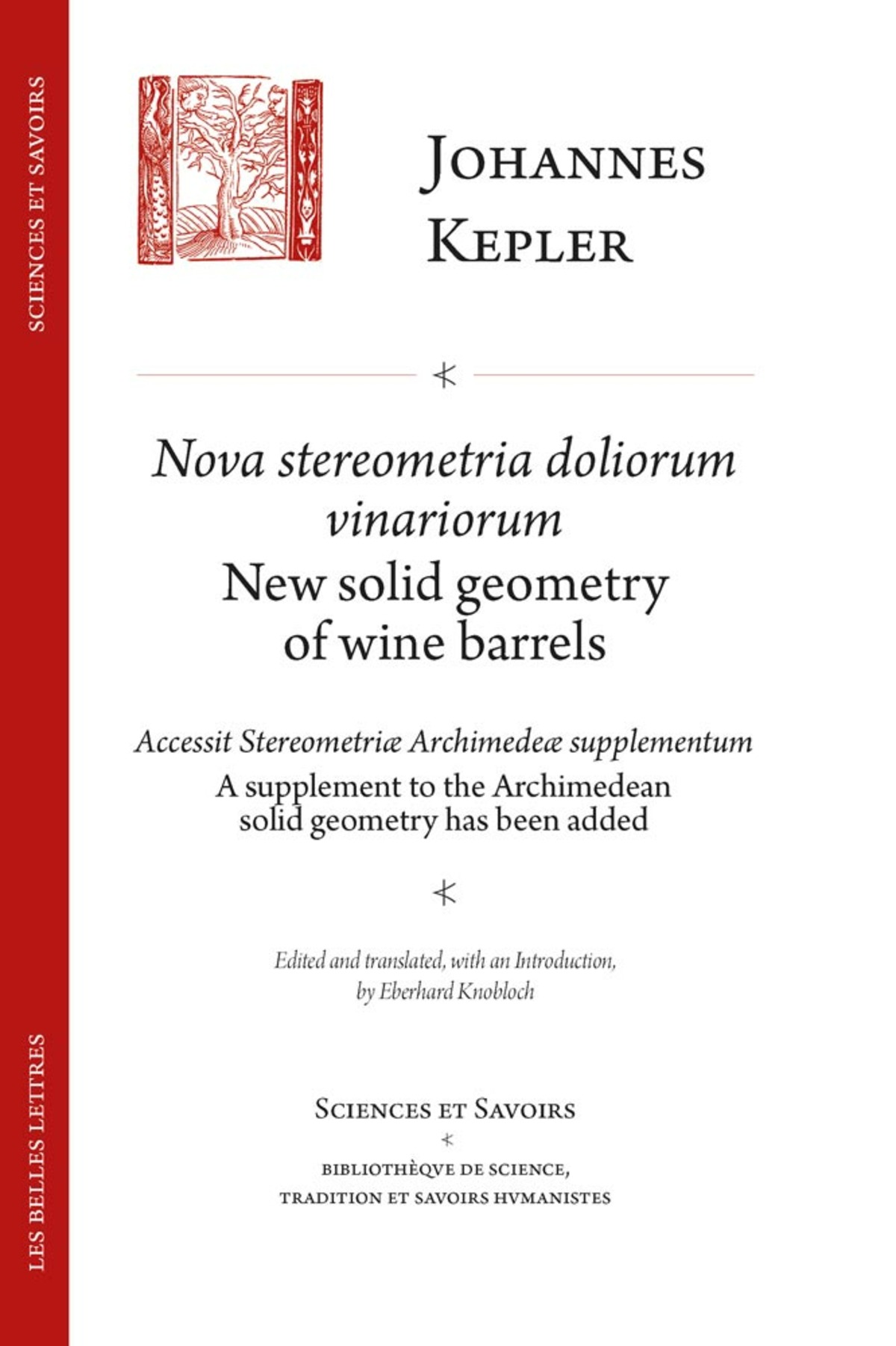

- 350 pages
- Index
- Livre broché
- 16 x 23.8 cm
- Anglais, Latin
- Sciences et savoirs - Bibliothèque de science, tradition et savoirs humanistes
- N° dans la collection : 4
- Parution : 17/05/2018
- CLIL : 3055
- EAN13 : 9782251448329
- Code distributeur : 60548
Nova Stereometria dolorium vinariorum / New solid geometry of Wine Barrels
suivi de Accessit stereometriæ archimedeæ svpplementvm / A supplement to the archimedean solid Geometry has been added
Texte établi et traduit par : Eberhard Knobloch
Présentation
Johannes Kepler (Weil der Stadt, 1571-Regensburg, 1630) is the famous astronomer and mathematician who discovered the three planetary laws named after him. In 1615 he published the Nova stereometria doliorum vinariorum // New solid geometry of wine barrels, his most important mathematical monograph. It made him a precursor of infinitesimal mathematics. He himself told the reader in the dedication to his two patrons that his second marriage caused him to write this mathematical treatise. When he stocked up with wine barrels in his capacity as head of a new family he was astonished at the way in which the seller used the gauging rod. The man explored all wine barrels with one and the same rod indifferently without paying heed to the shape, and without ratiocination or calculation.
Hence Kepler felt obliged to try to lay down, according to geometrical laws, a new foundation for the mathematical certainty of this measurement and to bring to light its fundamentals, if there should be any. To that end he began with a new interpretation of Archimedes’s results in plane and solid geometry that was based on indivisibles considered as infinitely small quantities. He could not know that his Greek predecessor had used the same method in his letter to Eratosthenes, known as Περὶ τῶν μηχανικῶν θεωρημάτων ἔφοδοϛ or Approach related to mechanical theorems, rediscovered by Johan L. Heiberg in 1906. Yet, Kepler surpassed the results of his model by his own results. He investigated the volumes of surfaces of rotation like the volumes of apples, lemons, and spindles, that is, he investigated the solid geometry of figures that are closest to conoids and spheroids.
But Kepler’s treatise is by no means restricted to its role in the prehistory of the calculus. The second part is full of non-trivial, new results concerning the special relations between cylinders and so-called conjugate conical frustums. He demonstrated that the Austrian barrel has the largest volume among all barrels with the same gauging length. Thus the third part explains the use of the gauging rod.
The volume presents, along with the original Latin text, the first complete translation of Kepler’s monograph into any modern European language, in this case into English. The comprehensive introduction includes a survey of Kepler’s life and works and explains the main ideas, methods, and results of this mathematical masterpiece.
Biographies Contributeurs
Johannes Kepler
Astronome allemand
Eberhard Knobloch
Professor emeritus of History of science and technology at the Technische Universität Berlin, past president of the Académie internationale d’Histoire des sciences // International Academy of the History of science, and of the European Society for the History of science. His publications concern the history and philosophy of mathematical sciences and Renaissance technology.
Table des matières
General bibliography with bibliographic abbreviations
Introduction
1. Life and works of Johannes Kepler
2. Structure of the New Solid Geometry of Wine Barrels
3. Commentary
Dedication and preamble
Part I. The solid geometry of curved, regular bodies
Supplement to Archimedes: On the solid geometry of figures that are closest to the conoids and spheroids
Part II. Solid geometry of the Austrian barrel in particular — To which type of figures dealt with above does the figure of a barrel belong ?
Part III. The use of the whole book on barrels
4. Reception
5. Editions and partial translations with annotations
Johannes Kepler, Nova stereometria doliorum vinariorum — New solid geometry of wine barrels
Glossary
Name index
Informations détaillée
- 350 pages
- Index
- Livre broché
- 16 x 23.8 cm
- Anglais, Latin
- Sciences et savoirs - Bibliothèque de science, tradition et savoirs humanistes
- N° dans la collection : 4
- Parution : 17/05/2018
- CLIL : 3055
- EAN13 : 9782251448329
- Code distributeur : 60548

